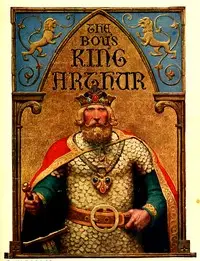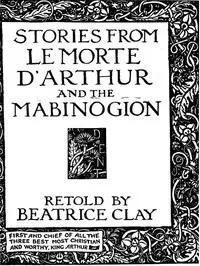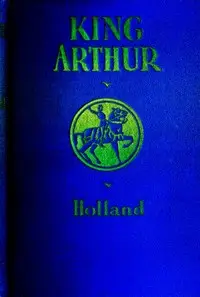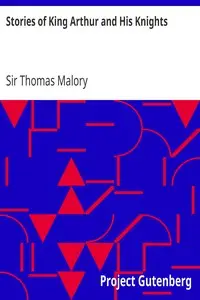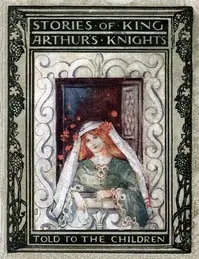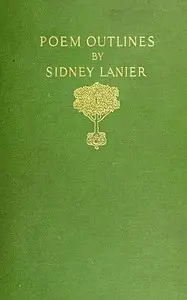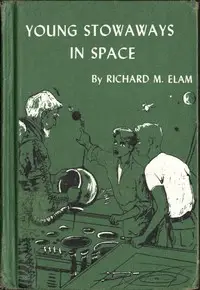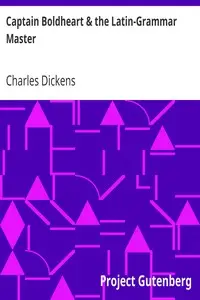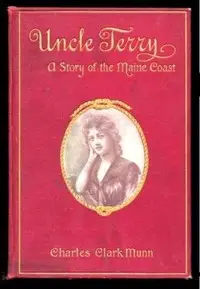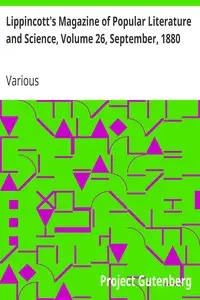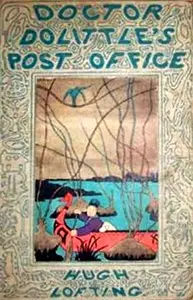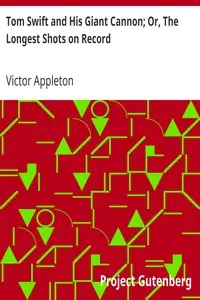"Knightly Legends of Wales; or, The Boy's Mabinogion" by Sidney Lanier presents old Welsh stories about King Arthur for young readers. This book shares exciting adventures and ideas about being brave and honorable. The stories come from a very old book called The Red Book of Hergest and they show important parts of Welsh culture, like what it means to be a hero. The book starts with King Arthur and his friends telling stories, which leads to exciting adventures filled with bravery, magic, and quests for what is right. Readers will explore the wonderful adventures of King Arthur and the brave knights of his court.
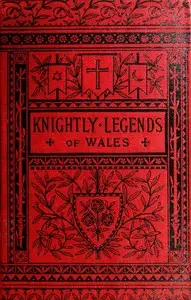
Knightly Legends of Wales; or, The Boy's Mabinogion Being the Earliest Welsh Tales of King Arthur in the Famous Red Book of Hergest
By Sidney Lanier
Discover a world of legendary kings, valiant knights, and enchanting magic as ancient Welsh tales of bravery and honor come to life.
Summary
About the AuthorSidney Clopton Lanier was an American musician, poet and author. He served in the Confederate States Army as a private, worked on a blockade-running ship for which he was imprisoned, taught, worked at a hotel where he gave musical performances, was a church organist, and worked as a lawyer. As a poet he sometimes used dialects. Many of his poems are written in heightened, but often archaic, American English. He became a flautist and sold poems to publications. He eventually became a professor of literature at Johns Hopkins University in Baltimore, and is known for his adaptation of musical meter to poetry. Many schools, other structures and two lakes are named for him, and he became hailed in the South as the "poet of the Confederacy". A 1972 US postage stamp honored him as an "American poet".
Sidney Clopton Lanier was an American musician, poet and author. He served in the Confederate States Army as a private, worked on a blockade-running ship for which he was imprisoned, taught, worked at a hotel where he gave musical performances, was a church organist, and worked as a lawyer. As a poet he sometimes used dialects. Many of his poems are written in heightened, but often archaic, American English. He became a flautist and sold poems to publications. He eventually became a professor of literature at Johns Hopkins University in Baltimore, and is known for his adaptation of musical meter to poetry. Many schools, other structures and two lakes are named for him, and he became hailed in the South as the "poet of the Confederacy". A 1972 US postage stamp honored him as an "American poet".

